When installing or replacing a toilet, selecting the correct wax ring size is essential for ensuring a secure and effective seal. The wax ring plays a crucial role in creating a watertight barrier between the toilet base and the drainpipe, preventing leaks and unwanted odors from escaping into your bathroom.
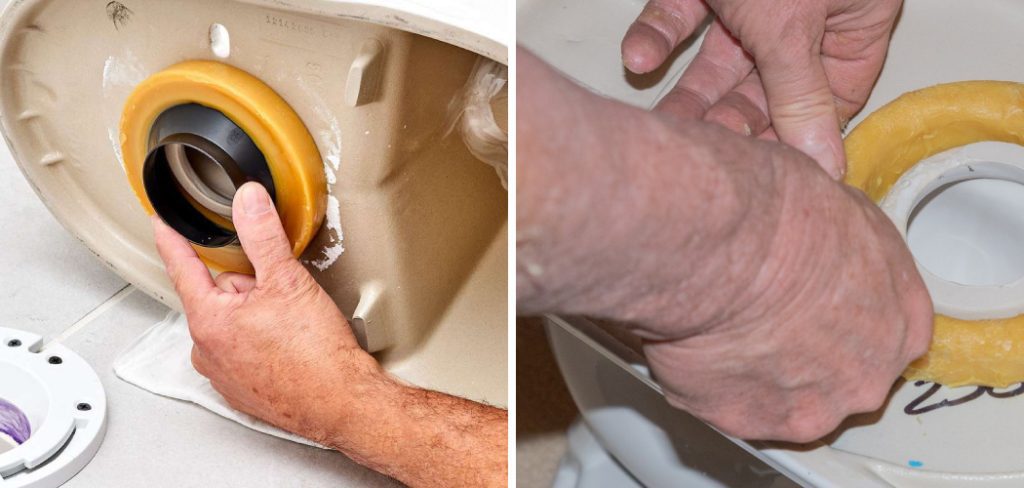
Understanding how to know what size wax ring for toilet installations is critical in avoiding common issues. An improperly sized wax ring can result in persistent water leaks, unpleasant smells, and even structural damage to your flooring over time. With various sizes and thicknesses available, choosing the right one depends on factors such as flange height and surface type. By selecting the appropriate wax ring, you can achieve a reliable seal that ensures long-term functionality and peace of mind, protecting your home from costly plumbing repairs and water damage.
Understanding Wax Ring Function
Seal Between Toilet and Drain
The wax ring serves as a crucial sealing component between the base of your toilet and the drainpipe. Made of pliable wax, it conforms tightly to the surfaces it contacts, creating a watertight and airtight seal. This prevents water from leaking onto your bathroom floor and blocks sewer gases from seeping into your living space. The wax ring compensates for any minor irregularities in the flange or toilet base, ensuring a reliable connection that withstands daily use.
Types of Wax Rings
Wax rings are available in several types to meet varying installation needs. The standard wax ring is suitable for most installations where the flange is level with the finished floor. Extra-thick wax rings are designed for situations where the flange is recessed below the floor level, providing a stronger seal in such cases. Reinforced wax rings, which incorporate plastic or rubber cores, offer added durability and resistance to deformation, making them ideal for high-traffic or heavy-use bathrooms.
Signs of a Bad Wax Ring
When a wax ring fails, it presents several warning signs. Look for water pooling around the base of the toilet, as this indicates a breach in the seal. Unpleasant sewer odors are another red flag, pointing to escaping gases.
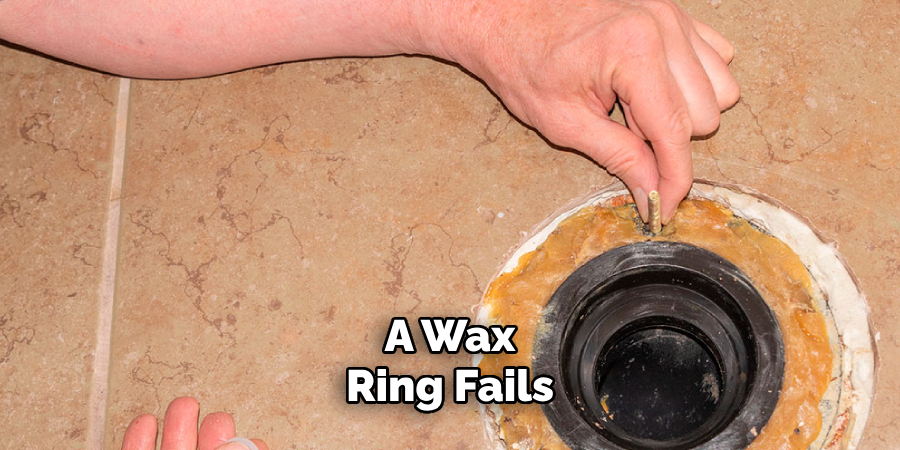
Over time, you may also notice floor damage or discoloration near the toilet base, signaling consistent leaks. Addressing these issues promptly can help prevent further complications and costly repairs.
Factors to Consider When Choosing a Wax Ring Size
Selecting the right wax ring size is essential for ensuring a proper seal and preventing leaks. Here are the key factors to consider:
Toilet Height
The height of the toilet plays an important role in determining the appropriate wax ring. If the toilet sits higher or lower than usual due to design or installation style, it can affect the alignment with the drain flange. A standard wax ring works well for level installations, but for taller or unconventional toilet heights, adjustments in ring thickness may be necessary to maintain a secure connection.
Drain Flange Height
The distance between the top of the drain flange and the finished floor is another crucial consideration. When the flange is level with or just above the floor, a standard wax ring is typically sufficient. However, if the flange is recessed below the floor surface, an extra-thick wax ring is required to bridge the gap and provide a leak-free seal.
Floor Surface
Different floor surfaces, such as tile, linoleum, or uneven subfloor, can influence the choice of wax ring size. Raised surfaces like tiles may necessitate a thicker wax ring to accommodate the added height, while smoother surfaces usually work with standard sizes.
Toilet Flange Condition
The condition of the toilet flange significantly impacts wax ring selection. A damaged or corroded flange may require a reinforced wax ring for added stability and durability.
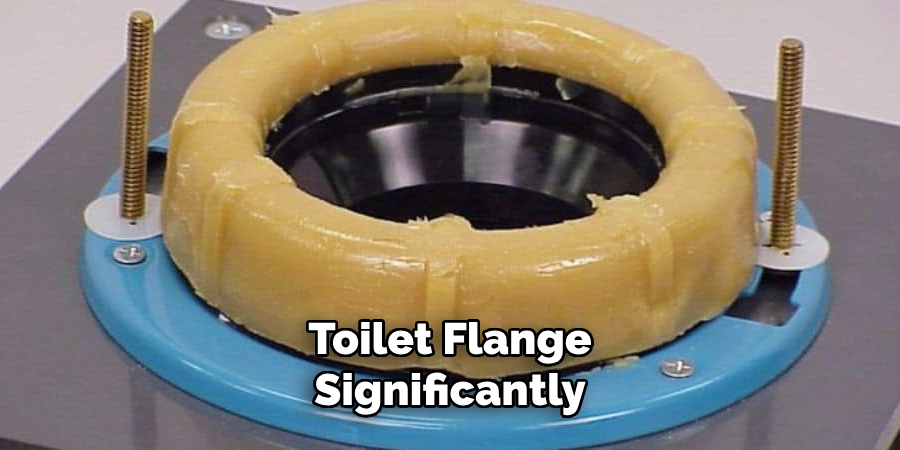
For severely compromised flanges, thicker wax rings are often best suited to ensure a solid seal around the drain opening.
How to Know What Size Wax Ring for Toilet: Step-by-Step Guide
Step 1: Measure the Distance Between the Toilet and the Drain Pipe
Start by using a tape measure to determine the distance from the center of the toilet’s drain opening to the center of the drain pipe. This is commonly referred to as the “rough-in” measurement. Standard rough-in distances are typically 12 inches, but some setups may vary, such as 10-inch or 14-inch rough-ins. Accurate measurement of this distance is essential as it ensures compatibility with the wax ring and the toilet’s positioning over the drain pipe.
Step 2: Measure the Height of the Toilet Flange
Next, measure the distance from the top of the toilet flange to the finished floor surface. This measurement determines whether a standard wax ring will suffice or needs an extra-thick wax ring. Use a ruler or tape measure to capture the distance precisely. A standard wax ring will usually create a proper seal if the flange is level with or slightly above the floor. However, if the flange sits below the floor, an extra-thick wax ring may be necessary to bridge the height difference and prevent leaks.
Step 3: Assess the Condition of the Toilet Flange
Carefully inspect the toilet flange for signs of damage, corrosion, or wear. A perfectly intact flange ensures a secure and proper connection. If cracks, rust, or warping are present, a reinforced wax ring should be considered for added stability and strength.

A flange repair kit may be required to restore structural integrity and ensure the wax ring can form an effective seal for severely compromised flanges.
Step 4: Choose the Correct Wax Ring Thickness
Select the appropriate wax ring thickness based on the flange height and condition. A standard wax ring typically works well for flanges that are level with or above the floor. If the flange is recessed below the floor, opt for an extra-thick wax ring to fill the gap and ensure a reliable seal. Reinforced wax rings or integrated flanges are highly recommended for enhanced durability and installation security when dealing with damaged or corroded flanges.
Step 5: Double-Check the Toilet Model
Finally, consider the specific model of the toilet you are installing. Some toilet designs have unique drain setups that may require specialized wax rings. Refer to the toilet’s installation guide or consult the manufacturer for compatible wax ring recommendations. Ensuring you have the correct type and size of the wax ring will simplify the installation process and enhance the overall reliability of the toilet seal. Always verify your measurements and product choices before proceeding to installation.
Types of Wax Rings and Their Uses
Standard Wax Ring
The standard wax ring is the go-to choice for most toilet installations in residential homes. Designed to fit flanges that are level with or slightly above the floor, it provides a reliable and straightforward seal under normal conditions. Standard wax rings are widely available and cost-effective, making them ideal for everyday installations without significant gaps or irregularities.
Extra-Thick Wax Ring
Extra-thick wax rings are specifically designed for situations where the flange is recessed below the floor level. The additional thickness compensates for the gap between the toilet base and the drain, ensuring a secure and leak-proof connection. These wax rings are also useful when dealing with uneven flooring or cases where slight settling has occurred, which can leave the standard wax ring unable to seal properly.
Reinforced Wax Ring
Reinforced wax rings incorporate a built-in plastic flange to enhance durability and provide extra strength during installation. This type of wax ring is essential when dealing with
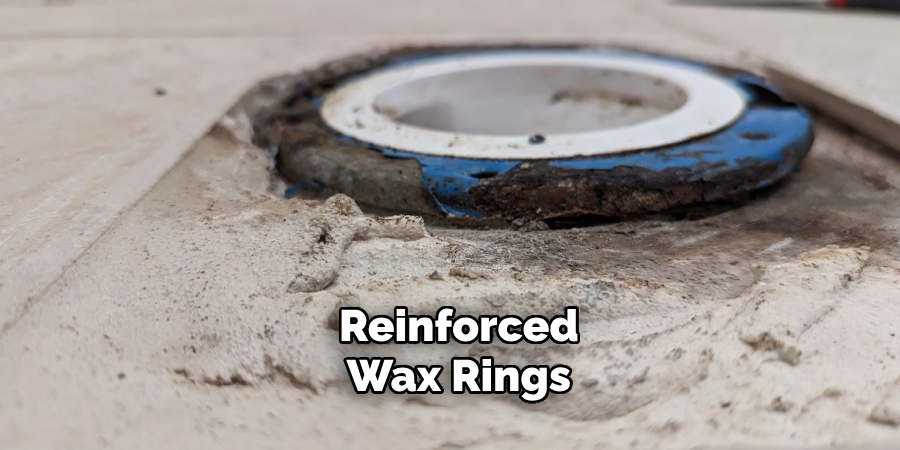
damaged or corroded flanges that may struggle to form a proper seal with a regular wax ring. The added support ensures a more robust and long-lasting connection, making it suitable for high-use or older plumbing setups.
Universal Wax Ring
Universal wax rings are a versatile option for most standard toilet installations. They are available in various thickness options to accommodate different flange positions, whether level, above, or below the floor. Their adaptability makes them a convenient choice for homeowners and installers working with diverse toilet models, as they streamline the selection process without sacrificing performance or reliability.
Wax Ring Installation Tips
1. Prepare the Toilet Flange
Before installing the wax ring, clean the toilet flange thoroughly. Remove any debris, old wax
remnants, or damage that might interfere with the seal. A clean surface is essential to ensure a proper and secure connection.
2. Place the Wax Ring Correctly
Gently press the wax ring onto the flange or the underside of the toilet (depending on installation preference), making sure it fits snugly without gaps.
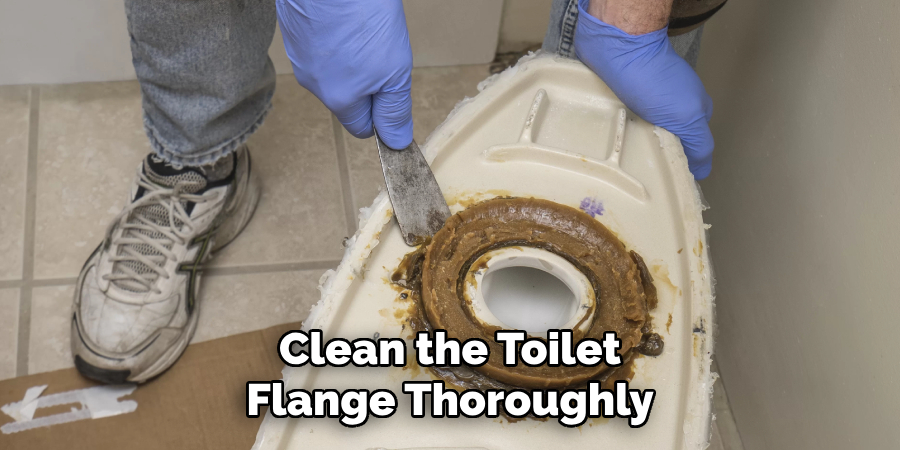
Align the wax ring with the toilet’s drain opening, ensuring it is centered on the flange.
3. Install the Toilet Properly
Carefully position the toilet over the flange and wax ring. Once aligned, press the toilet down firmly and evenly to compress the wax ring, creating a watertight seal. Secure the toilet by tightening the bolts, but be cautious not to overtighten, which may crack the toilet base.
4. Check for Leaks
After installation, turn on the water supply and flush the toilet a few times to check for leaks around the base. If necessary, re-tighten the bolts slightly to ensure a proper seal. Replace the toilet if significant leaks persist.
Troubleshooting Common Wax Ring Issues
Leaking Around the Toilet Base
If you notice water pooling around the base of your toilet, it may indicate that the wax ring is either improperly sized or not installed correctly. First, check the toilet bolts and re-tighten them carefully, ensuring not to overtighten, as this can crack the toilet. If leaks persist, the wax ring may need to be replaced. Remove the toilet, inspect the wax ring for damage or improper fit, and replace it with a properly sized ring that creates a secure seal.
Toilet Shifting or Wobbling
A wobbling or shifting toilet often points to an issue with the wax ring or toilet flange. An improperly sized wax ring might not provide adequate support for stability. Check the condition of the flange and ensure it is level and secure. If necessary, replace the wax ring with one that fits properly, and make sure the toilet is firmly seated during reinstallation.
Odor Issues
Foul odors near the toilet can indicate that the wax ring is not creating a proper seal, allowing sewer gases to escape. Inspect the wax ring for cracks, gaps, or improper compression. If you find issues, replace the wax ring, ensuring it is centered and forms a tight seal. Proper installation will prevent unpleasant odor problems effectively.
When to Replace a Wax Ring
Signs of Wear
A wax ring should be replaced whenever there are persistent leaks or unpleasant odors around the toilet’s base. These are strong indications that the seal created by the wax ring
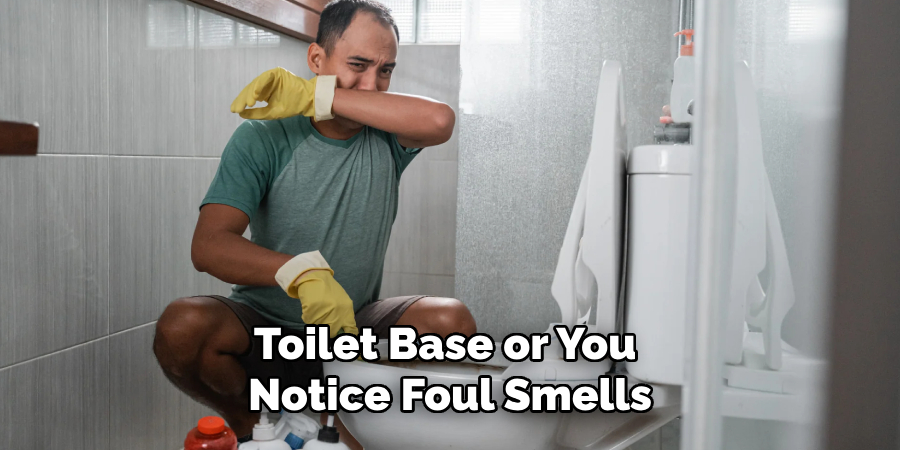
has been compromised. If water is pooling around the toilet base or you notice foul smells, it’s time to inspect the wax ring for damage or improper sealing.
During Toilet Replacement or Removal
It’s critical to replace the wax ring any time you remove or replace a toilet, regardless of the ring’s visible condition. A wax ring is not reusable, and reinstallation with an old ring may fail to create a secure seal, leading to potential leaks or odor issues. Always use a new wax ring for proper function and peace of mind.
Checking the Toilet Flange
Whenever you replace a wax ring, inspect the condition of the toilet flange. A damaged or misaligned flange can hinder the seal, even with a new wax ring. Repair or replace the flange if needed to ensure a stable and watertight connection.
Conclusion
Selecting the right size wax ring is crucial for a secure and leak-free toilet installation. Ensuring a proper seal prevents water damage, unpleasant odors, and costly plumbing repairs. Assess the flange height, its condition, and the floor surface to determine the correct wax ring size—this is key when learning “how to know what size wax ring for toilet” fits best. Regular inspections and timely replacements of the wax ring are essential for maintaining a properly functioning toilet. You can ensure long-lasting performance and peace of mind in your bathroom by prioritizing the right equipment and maintenance.

